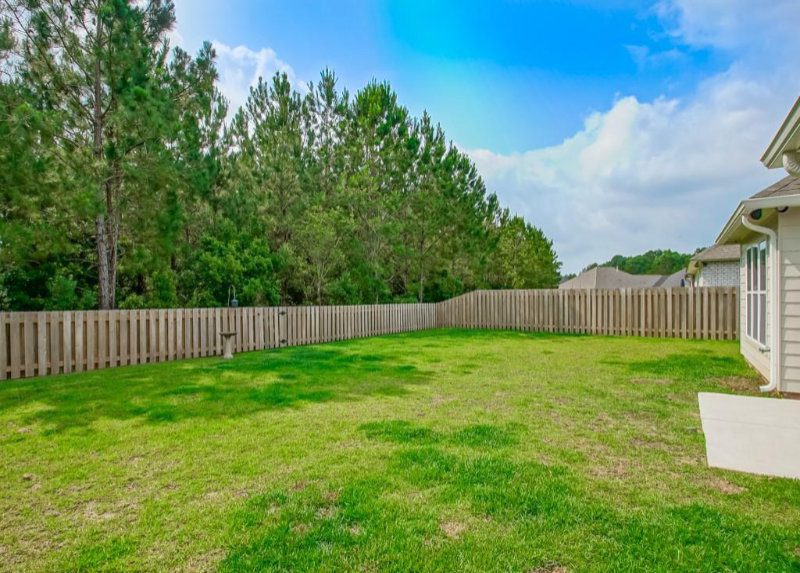The Louisiana Iris Conservation Initiative: Rescuing and Revitalizing a State Treasure
Since Salathe founded the Louisiana Iris Conservation Initiative (LICI) in 2020, the organization has coordinated the rescue of more than 62,000 irises to preserve and perpetuate the five species native to south Louisiana wetlands. This nonprofit relocates irises in danger of being destroyed to safer locations, especially places where the public can enjoy the flowers. Each flower is dug up and replanted one by one, a labor of love for the volunteers and organizers.
The LICI frequently rescues irises from areas slated for commercial development. One such property in LaPlace, zoned for commercial use and up for sale, has allowed LICI to harvest irises for years. “This site is so perfect for what we do,” Salathe said. “‘No iris left behind’ is our motto.”
Salathe secures permits to replant the irises along swamp boardwalks, nature trails, parks, and wildlife refuges throughout southeast Louisiana. Although planting season generally runs from October to December, last year’s drought delayed it. Despite these challenges, LICI’s dedication remains unwavering.
On March 2, during LICI’s last large-scale event of the season, volunteers replanted more than 500 rescued irises in Assumption Parish at the future site of the Pierre Part/Belle River Museum and at a nearby kayak launch in Veterans Park. The fruits of their labor are visible when irises bloom in late March and early April. The Louisiana Iris Conservation Initiative maintains an online Google map of the 20 best places to see Louisiana irises in their natural habitat. The organization’s Facebook page provides updates on the blooms.
“At one time, there were irises in every ditch in south Louisiana,” Salathe said. “Everybody looked forward to the bloom as part of the culture.” Herbicides, hurricanes, saltwater intrusion, and other factors have made the Louisiana state wildflower much harder to find. “Out of sight, out of mind,” Salathe said. “Our goal is to get the Louisiana iris back into the culture and consciousness of the New Orleans area.”
Now retired, Salathe co-owned a residential construction company for 21 years. But for a quarter-century, his main “hobby” was restoring a clear-cut parcel of long-leaf pine forest he owned in Tangipahoa Parish. A decade ago, he shifted his flora focus to irises. In 2014, he joined the Greater New Orleans Iris Society, the Society for Louisiana Irises, and the American Iris Society. By 2020, he had launched the Louisiana Iris Conservation Initiative as a non-membership organization. He depends on volunteers to supply manpower and partners with various community organizations.
Over the past century, crossbreeding has produced hundreds of “cultivars,” the hybrid irises of many colors that populate most home gardens. However, LICI’s big-picture goal is to build a reserve of irises for long-term wetlands restoration projects such as the Mid-Barataria Sediment Diversion. “It would take decades for native vegetation to rebuild itself in newly created wetlands,” Salathe said. “Somebody needs to get out there with boots on the ground and put it in.” Getting native Louisiana irises added to the USDA’s list of plants approved for purchase by marsh restoration companies would help.
“These irises are going to double in number every year,” Salathe said. “So four or five years from now, when the restoration of the marshes and swamps really kicks in, we’ll have a base of plants that we’ll be able to add into the mix to try to reconstruct what used to be there.”
During a February rescue in LaPlace, Salathe gave volunteers a tutorial on swamp safety and explained how to dig up an iris without damaging its thick root. Veteran volunteers like David Duvic and Connie Adams were already familiar with the process, spending hours picking weeds from iris root clusters.
“They’re helping me by getting our goals accomplished,” Salathe said. “We’re helping them by giving them a diverse experience that maybe they wouldn’t have otherwise. It’s a win-win deal.”
Christopher “Cairo” Jackson, a Limitless Vistas grants coordinator, noted that working with LICI allows people who have spent much of their life in metropolitan New Orleans to see a different side of their home. Volunteers managed to pluck 2,000 plants from the muck in three hours, which Salathe then stored in his garage, watering the irises twice daily until they were replanted at Nicholls State.
Elard Phillips, a Limitless Vistas board member on his first LICI rescue, admitted the work was “a little challenging,” but he added, “years from now, it will be appreciated.”
The Louisiana Iris Conservation Initiative, under Salathe’s passionate leadership, is a testament to the power of community and dedication to preserving the natural beauty and cultural heritage of Louisiana’s irises. Through their efforts, they are not only saving plants but also nurturing the spirit of conservation and appreciation for the natural world.

